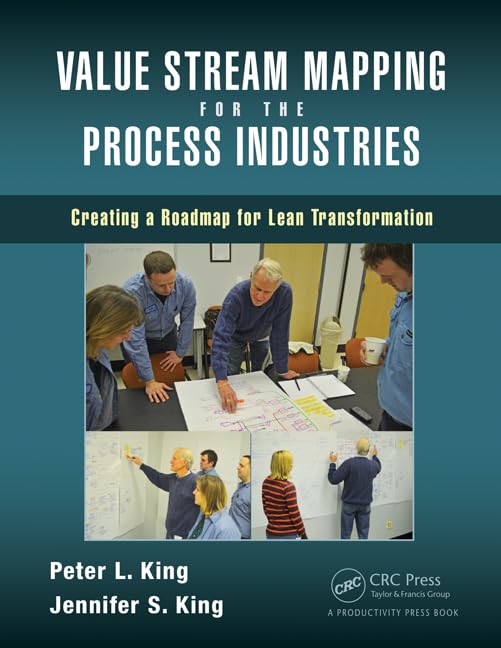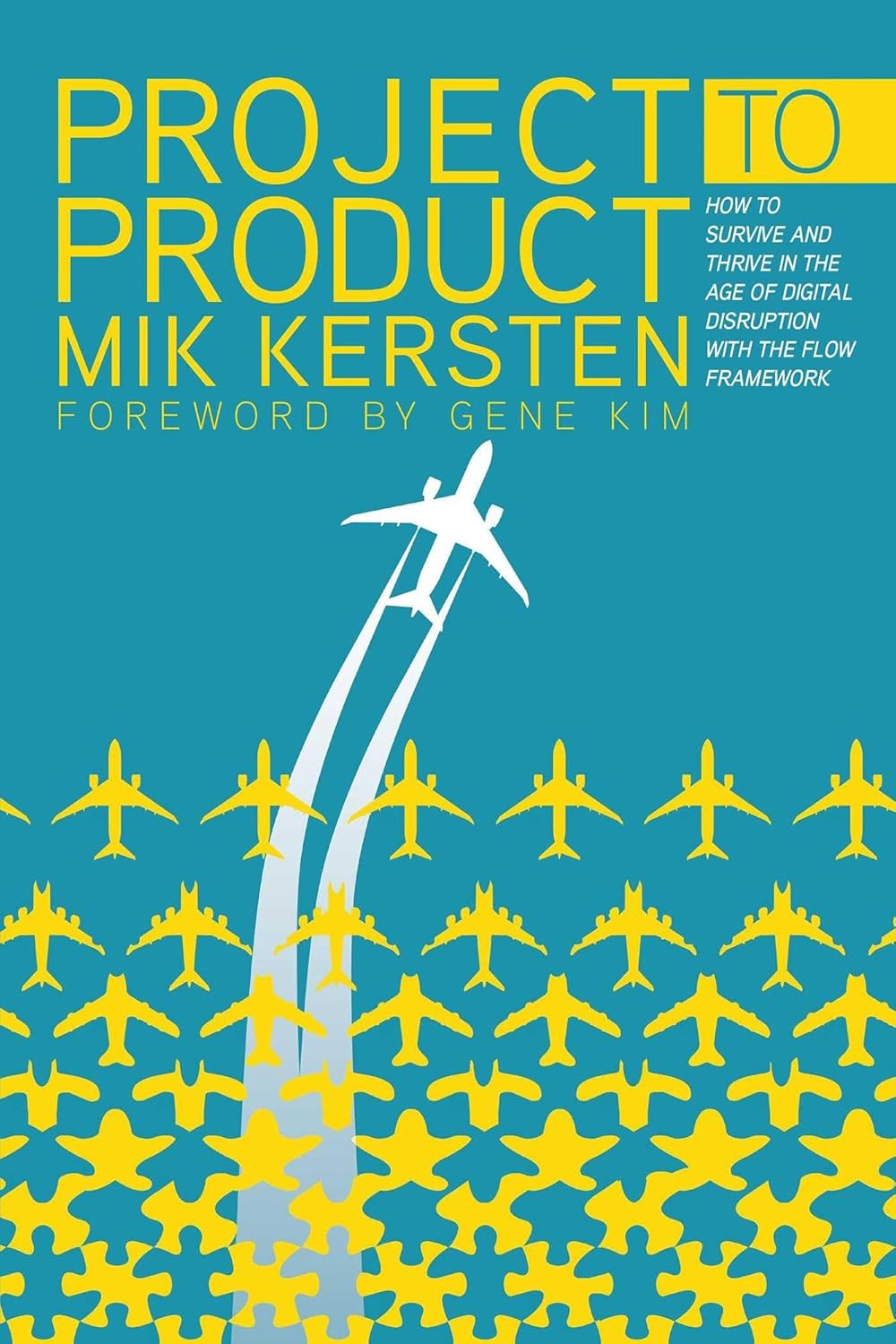
Value Stream
What is Value Stream?
A value stream is the entire sequence of activities an organization uses to deliver a product or service to a customer. It includes all steps, from initial concept through development and delivery, that add value for the end user. This concept is commonly used in Lean and Agile project management to identify and eliminate waste, improve flow, and increase efficiency. Each step in the process is evaluated to determine whether it contributes value or creates delays or unnecessary effort.
A value stream focuses on how work moves through a system, rather than on individual tasks or team roles. It connects business objectives with operational outcomes, supporting alignment across departments. Organizations often map their value streams to gain a visual understanding of how they deliver products and services, as well as to identify areas for improvement.
Key Points
- It includes all actions (both value-adding and non-value-adding) involved in delivering a product or service.
- It helps identify bottlenecks, redundancies, and delays in current workflows.
- The approach is rooted in Lean principles and supports continuous improvement.
- Mapping it allows teams to understand end-to-end processes from the customer’s perspective.
- It encourages cross-functional collaboration by focusing on the entire workflow, not just isolated functions.
Related Terms
- The term “Lean” refers to a management approach that seeks to maximize value while minimizing waste, often through the analysis of value streams.
- A value stream map is a visual tool that project teams use to analyze and improve the flow of materials and information in a process.
- Continuous delivery relies on efficient value streams to provide rapid and reliable software releases.
- In Agile project management, understanding value streams supports the delivery of minor, incremental improvements to customers.
- Workflow optimization often begins with value stream analysis, which identifies inefficiencies and opportunities for automation or simplification.
Value Stream: Example
A software development company reviews its product delivery pipeline from idea to deployment. It identifies multiple stages, including design, coding, testing, and release. By creating a value stream map, the team notices that testing delays are causing frequent bottlenecks. With this insight, they automate testing processes and improve communication between teams, reducing delivery time and increasing customer satisfaction.
Value Stream: Best Practices
- Start with a clear understanding of customer needs and work backwards to identify value-adding activities.
- Involve cross-functional teams to ensure a complete view of the workflow.
- Use value stream mapping as a tool for discussion, not just documentation.
- Regularly review and update it to adapt to changes in goals or customer expectations.
- Focus improvement efforts on areas with the most significant impact on speed, quality, or customer satisfaction.
Additional Resources
Preparing for a PMI certification?
- Exam Prep Courses: PMP®, CAPM®, and PMI-ACP®
- Exam Simulators: PMP®, CAPM®, PMI-ACP®, PMI-PBA®, PMI-RMP®, PMI-SP®, PgMP®, and PfMP®
- Professional Development Units (PDUs): 15, 30, and 60 PDU Bundles




